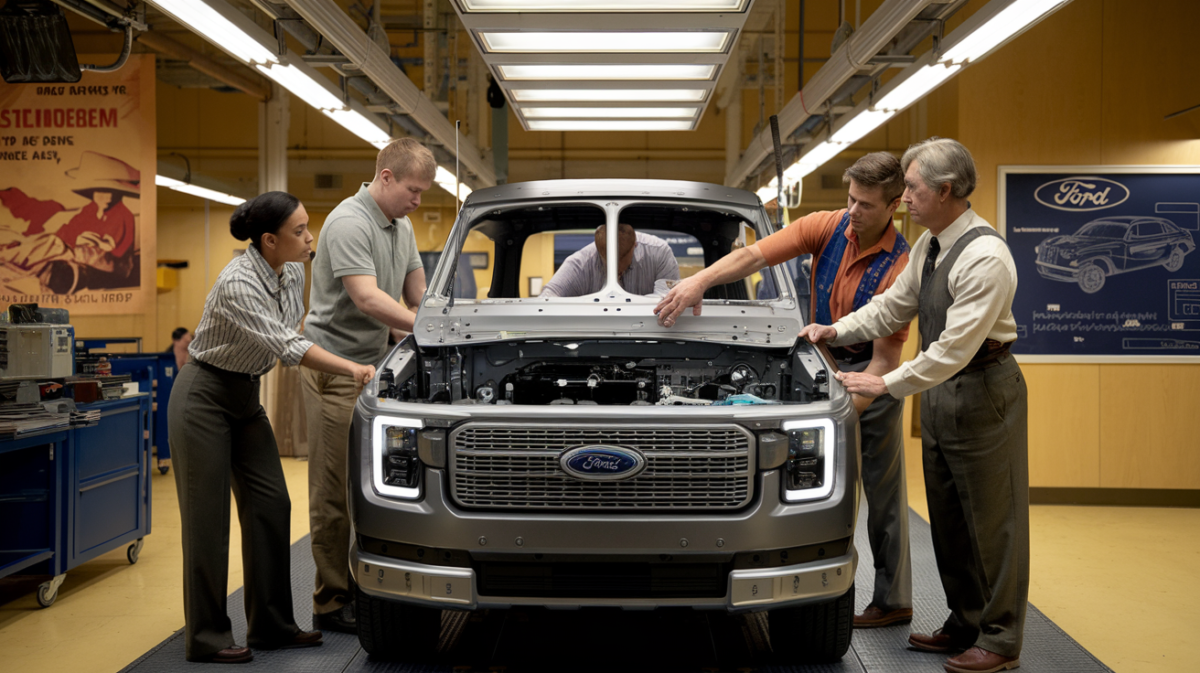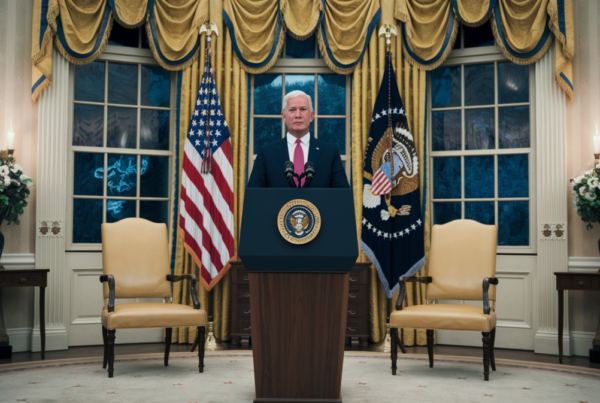Addressing the Challenge of Attracting Young Workers
Ford Motor Company CEO Jim Farley has taken a bold step to address a growing concern: young workers are increasingly reluctant to join the automotive giant. During recent union contract negotiations, Farley learned that many young employees were juggling multiple jobs, including shifts at Amazon, just to make ends meet. This revelation prompted him to revisit a strategy pioneered by Ford’s founder, Henry Ford, over a century ago.
In 1914, Henry Ford stunned the industrial world by doubling factory wages to $5 a day, a move that not only reduced employee turnover but also set a new standard for worker compensation. Inspired by this legacy, Farley has implemented similar measures to make manufacturing careers more appealing to younger generations.
Key Changes to Improve Worker Conditions
Farley’s initiatives include:
- Transitioning Temporary Workers to Full-Time: Under the 2019 contract negotiations with the United Auto Workers (UAW), temporary workers at Ford can now become full-time employees after two years of continuous service. This change grants them higher wages, profit-sharing benefits, and improved healthcare coverage.
- Advocating for Trade Education: Farley has called for increased investment in trade schools and skilled trades, citing Germany’s apprenticeship model as an example. He believes starting trade education as early as junior high could help bridge the gap in skilled labor.
- Raising Wages: While the average wage for manufacturing jobs in the U.S. stands at $25 per hour—below the national average salary of $66,600—Farley is pushing for better pay to attract and retain young talent.
The 2023 UAW Strike and Its Impact
Despite these efforts, challenges persist. In 2023, thousands of UAW members, including 16,600 Ford employees, went on strike to demand higher wages and better working conditions. The strike, which lasted several weeks, ended in October with a new contract agreement. Farley described the strike as “completely unnecessary” from management’s perspective but acknowledged the need for systemic changes to improve wages across the industry.
Comparing Ford’s Wage Strategy: Then and Now
| Aspect | Henry Ford’s 1914 Strategy | Jim Farley’s 2023 Strategy |
|---|---|---|
| Wage Increase | Doubled wages to $5 a day | Transitioning temp workers to full-time with higher pay |
| Worker Benefits | Reduced turnover, improved loyalty | Profit-sharing, better healthcare |
| Industry Impact | Set a new standard for worker compensation | Addressing wage gaps and modernizing benefits |
The Wage Gap and Executive Compensation
Farley’s compensation package has also come under scrutiny. In 2023, his total earnings grew by 26% to $26.47 million, a figure that has drawn criticism amid calls for higher wages for factory workers. While Farley has emphasized that improving wages is not solely Ford’s responsibility, the disparity highlights the broader challenges facing the manufacturing sector.
The Road Ahead
Farley’s efforts to attract young talent are a step in the right direction, but the road ahead is fraught with obstacles. A 2023 study found that while Gen Z enrollment in trade schools is rising, many young people still avoid factory jobs due to low wages and outdated perceptions of manufacturing work.
To truly transform Ford into a magnet for young workers, the company—and the industry at large—must continue to innovate, invest in education, and prioritize fair compensation. As Farley looks to the future, he remains committed to honoring Ford’s legacy while adapting to the needs of a new generation.







